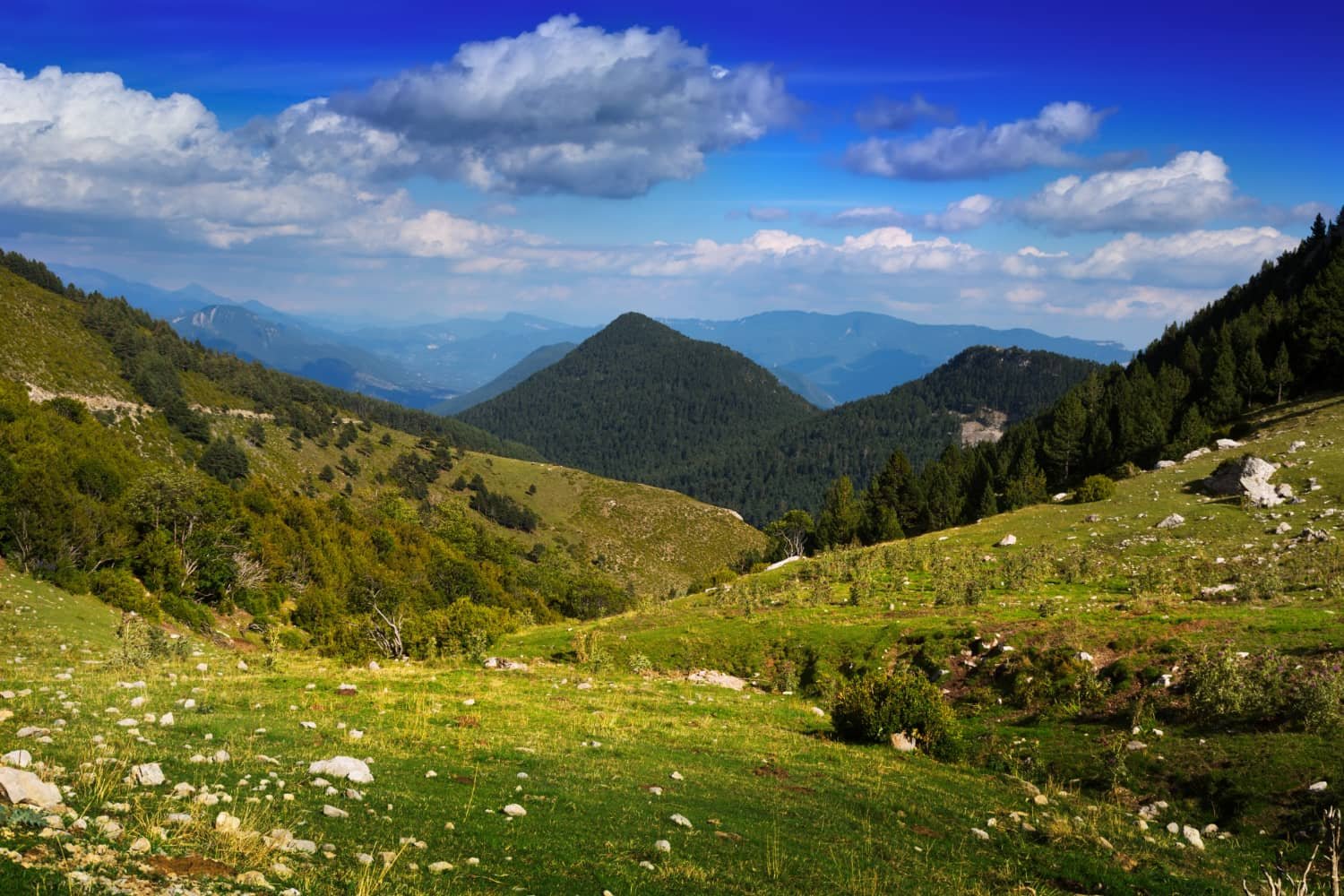The UNESCO World Heritage Sites in Bulgaria offer a plethora that captivate visitors from around the globe. The country is a diverse nation, nested in the heart of Southeast Europe, is renowned for its rich history and cultural heritage.
From ancient civilizations to medieval wonders, this Eastern European nation is home to many historical sites and landmarks that UNESCO has recognized as World Heritage Sites. These exceptional places showcase Bulgaria’s remarkable history and serve as a testament to the country’s contribution to humanity’s collective heritage.
UNESCO World Heritage Sites in Bulgaria
This article will delve into some of Bulgaria’s most remarkable UNESCO-designated treasures, exploring their significance and the stories they hold within their ancient walls. Join us on a journey through time and discover the hidden gems that make up the UNESCO World Heritage Sites in Bulgaria.
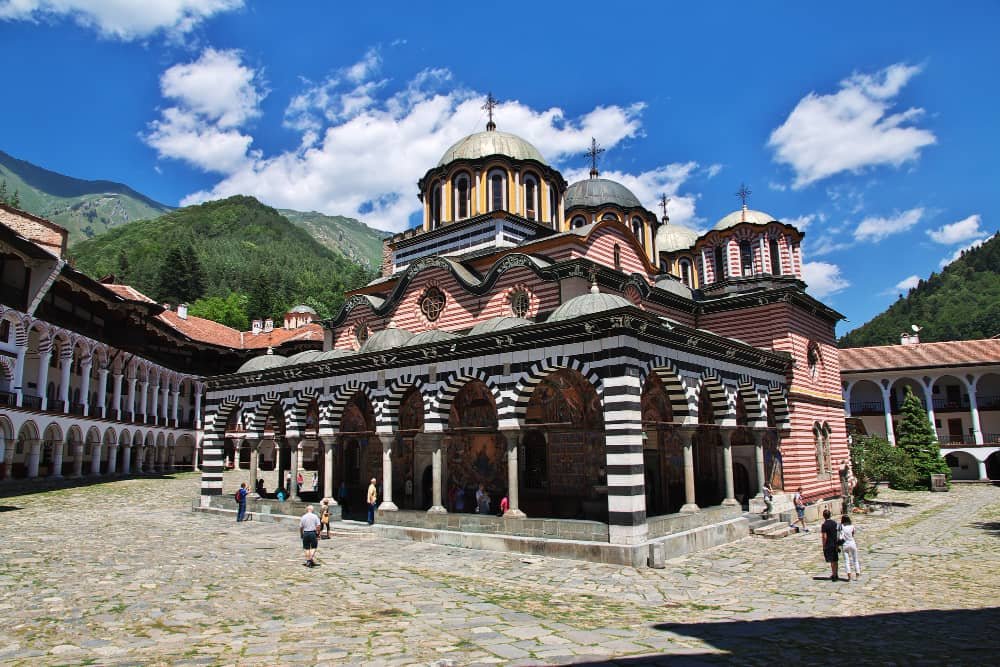
Rila Monastery
The impressive Rila Monastery is one of Bulgaria’s most renowned UNESCO World Heritage sites. Situated on the picturesque slopes of Rila Mountain, approximately 110 km south of Sofia, this magnificent complex of structures is enveloped by verdant forests and pristine rivers. Established in the 10th century by St. Ivan Rilski, it served as a significant spiritual hub for countless years and continues to captivate visitors from around the globe.
This UNESCO World Heritage site in Bulgaria boasts awe-inspiring architecture, exemplified by the Rila Monastery. Its magnificent white stone walls and grand towers transport visitors to a realm reminiscent of ancient fairytales. The monastery’s interior houses a remarkable assortment of religious relics, such as age-old frescoes and icons believed to possess curative properties. Additionally, visitors can wander through labyrinthine corridors adorned with antique bookshelves that hold sacred texts transcribed by dedicated monks across the centuries.
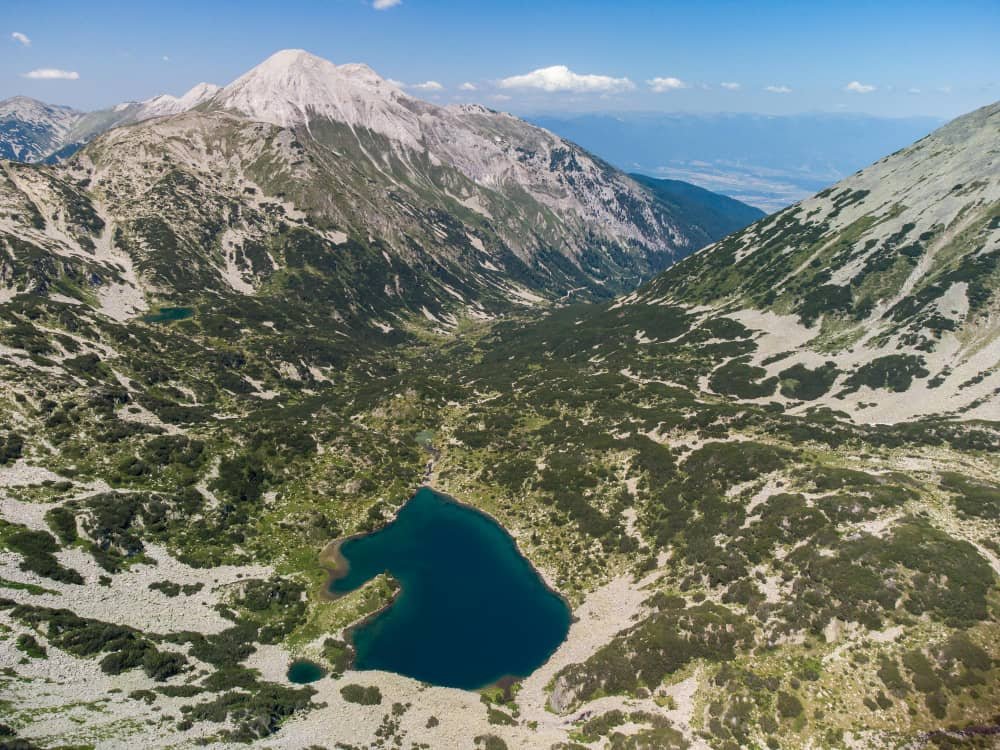
Pirin National Park
Located in southwestern Bulgaria, Pirin National Park is one of the country’s most treasured natural wonders. Designated as a UNESCO World Heritage Site, this expansive park stretches across the Pirin Mountains, encompassing an area of approximately 40,000 hectares.
Renowned for its breathtaking alpine landscapes and rich biodiversity, Pirin National Park offers visitors a unique opportunity to explore pristine forests, glacial lakes, and towering peaks that have remained virtually unchanged for centuries. With its remarkable natural beauty and ecological significance, Pirin National Park is a testament to Bulgaria’s commitment to preserving its natural heritage for future generations.
Pirin National Park in Bulgaria, part of the UNESCO World Heritage sites, is characterized by its forested slopes and alpine meadows. Its highest peak, 2,914 meters above sea level, attracts mountaineers and hiking enthusiasts. Apart from its stunning landscapes, the park is also home to diverse wildlife, including brown bears, chamois, red deer, wild cats, and wolves, captivating visitors from all over.
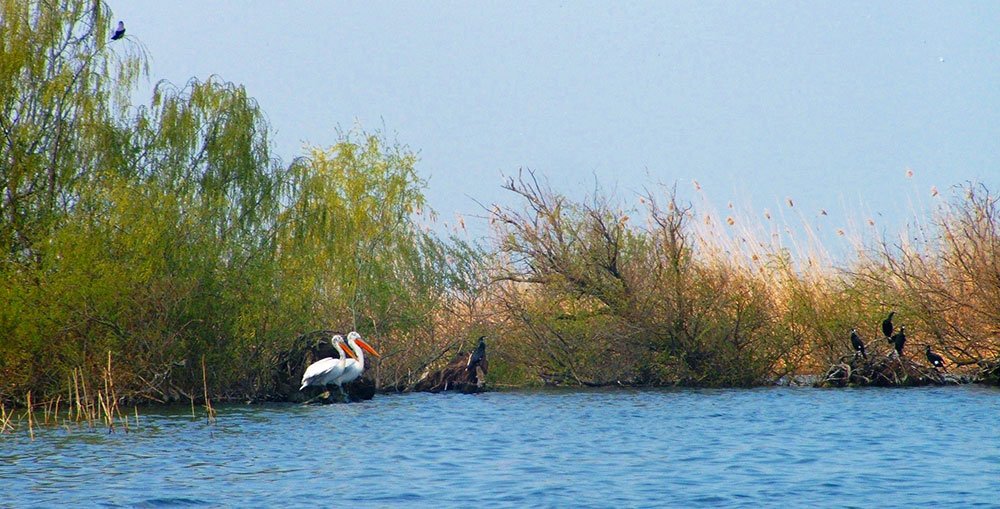
Srebarna Nature Reserve
Located in northeastern Bulgaria, the Srebarna Nature Reserve is a testament to the country’s commitment to conserving its remarkable natural heritage. As one of the UNESCO World Heritage Sites in Bulgaria, this protected area encompasses an enchanting mix of wetlands, forests, and unique biodiversity that has earned it international recognition.
Established in 1948 and covering an area of approximately 600 hectares, Srebarna Nature Reserve is a sanctuary for endangered species and a vital stopover point for migratory birds along their transcontinental journeys. With its rich ecological significance and stunning landscapes, Srebarna Nature Reserve invites visitors to immerse themselves in the beauty of nature while appreciating Bulgaria’s dedication to preserving its natural wonders.
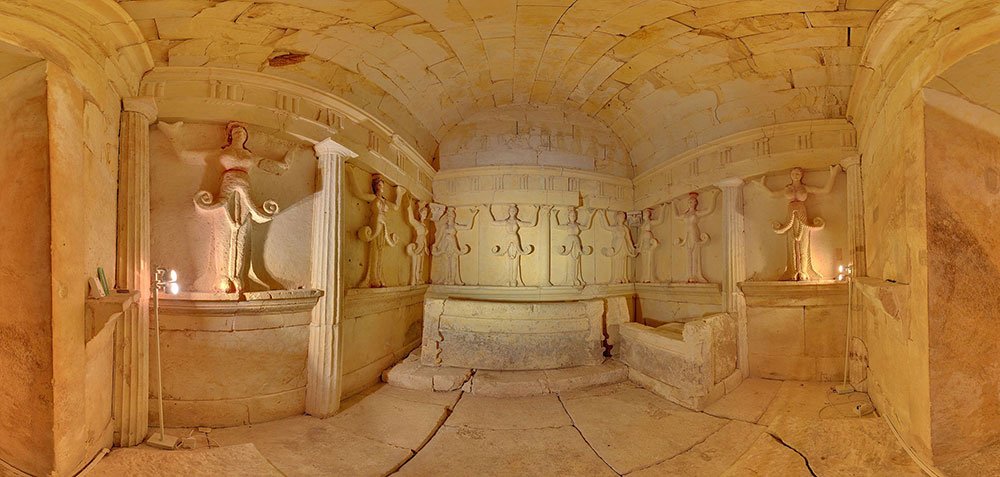
Thracian Tomb of Sveshtari
The Thracian Tomb of Sveshtari is significant among the UNESCO World Heritage Sites in Bulgaria. Located in northeastern Bulgaria, this ancient burial site is renowned for its exceptional architectural and artistic value. The tomb, dating back to the 3rd century BCE during the Hellenistic period, provides valuable insights into the rich history and culture of the Thracians, an ancient civilization that thrived in this region.
With its unique design and stunning decorative elements, the Thracian Tomb of Sveshtari is a testament to human creativity and a window into a bygone era. Local artisans from Thrace are believed to have crafted the intricate sculptures that adorn the tomb, showcasing scenes from Greek mythology and various animals like horses and bulls.
The sculptures also depict mythical creatures like sphinxes and griffins. Furthermore, the tomb’s main chamber is adorned with numerous frescoes depicting scenes from daily life during its construction. These remarkable features contribute to this site’s inclusion in the list of UNESCO World Heritage sites in Bulgaria.
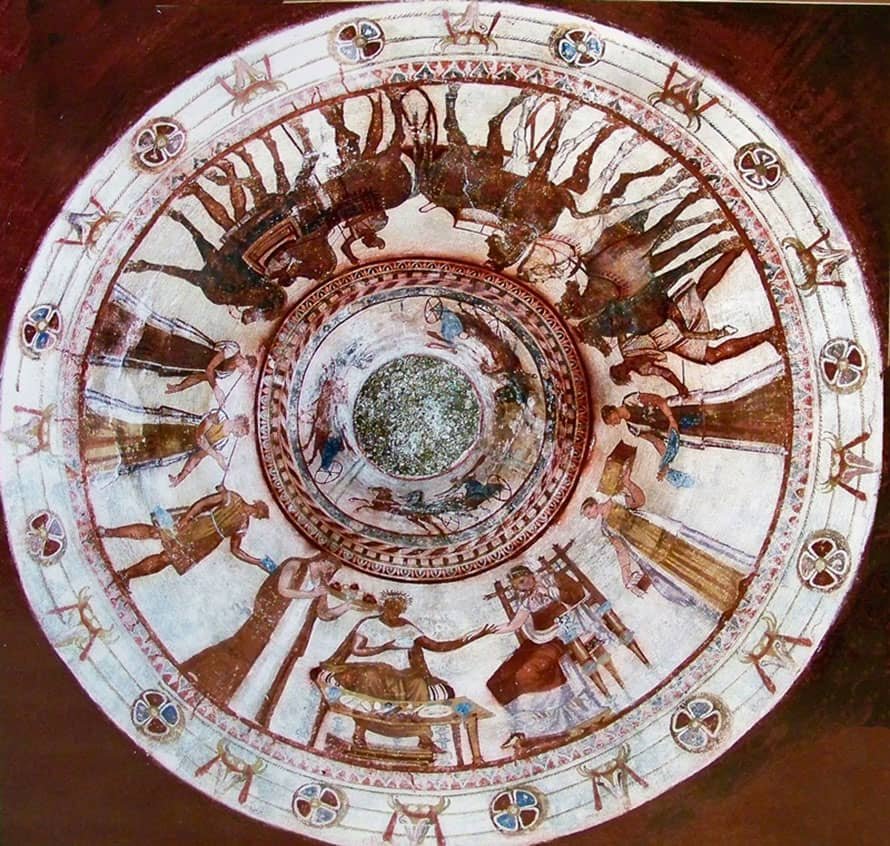
Thracian Tomb of Kazanlak
The Thracian Tomb of Sveshtari is a captivating archaeological site in northeastern Bulgaria. Recognized as one of the UNESCO World Heritage Sites in Bulgaria, this ancient tomb holds immense historical significance. It offers a fascinating glimpse into the mysterious Thracian civilization that thrived in the region thousands of years ago. Nestled amidst lush greenery, this remarkable burial structure exhibits exquisite craftsmanship and unique architectural features that have astounded archaeologists and visitors alike.
Exploring the Thracian Tomb of Sveshtari allows us to unravel the secrets of an enigmatic civilization and provides a mesmerizing experience within a tranquil natural setting.
Georgi Kitov, a local archaeologist, made a groundbreaking discovery in 1944 at a UNESCO World Heritage site in Bulgaria. He found an exceptionally well-preserved mural inside a tomb, showcasing scenes from everyday life and mythological events significant to the Thracian culture. This intricate artwork has offered valuable knowledge about ancient civilizations, their beliefs, and their customs.
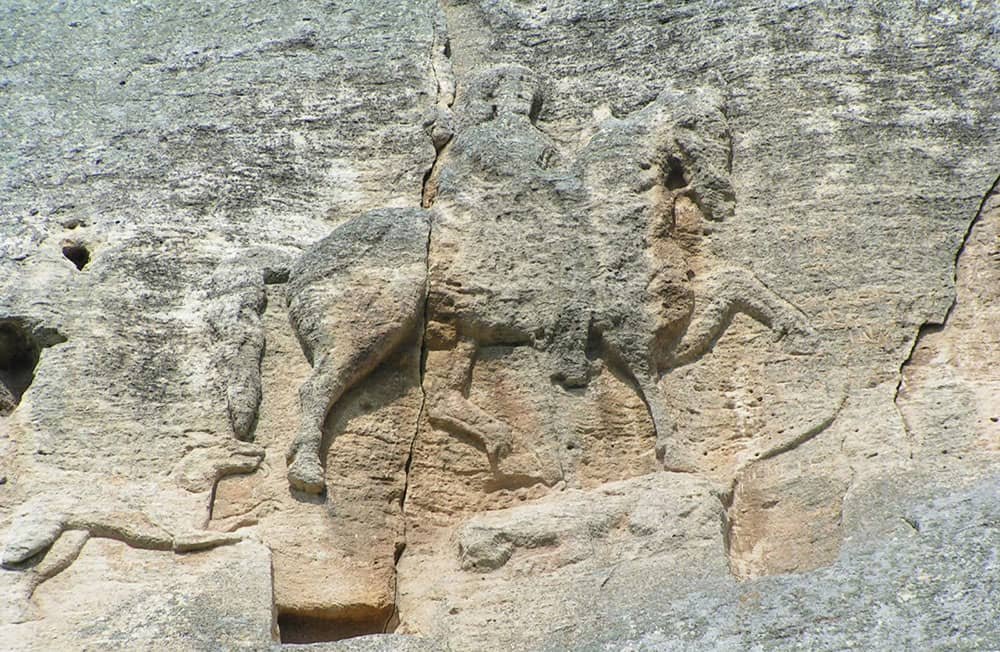
Madara Rider
Bulgaria, a country steeped in rich history and cultural heritage, boasts several remarkable sites recognized by UNESCO as World Heritage Sites. Among these treasures is the renowned Madara Rider, an archaeological and historical complex nestled amidst the breathtaking landscape of northeastern Bulgaria. With its distinctive rock relief carving depicting a horseman triumphantly thrusting his spear into a lion, the Madara Rider is a testament to Bulgaria’s ancient past. It serves as a symbol of national identity.
As we delve into the captivating story behind this UNESCO World Heritage Site, we will explore its significance within Bulgarian history and understand why it continues to mesmerize visitors from around the globe. Perched on a cliff in northeastern Bulgaria, the Madara Rider is an extraordinary rock relief carving that has captivated visitors for centuries.
The sculpture, constructed by Khan Tervel during his reign as ruler of Bulgaria from 695-715 AD, has sparked speculation regarding its purpose. Some believe it symbolizes his triumph over Byzantium in 705, while others suggest it displays gratitude to God for granting victory in battle.
Standing 23 meters and 2 meters high, the relief showcases inscriptions portraying warriors and their weaponry. Archaeologists assert that this monument is unparalleled worldwide, making it an exceptional representation of Bulgaria’s cultural heritage.
Rock-Hewn Churches of Ivanovo
The Rock-Hewn Churches of Ivanovo, located in Bulgaria, are a remarkable testament to the architectural and artistic achievements of the medieval era. These unique churches, carved into the Rusenski Lom River gorge cliffs, have survived centuries of wear and tear and continue to amaze visitors with their intricate frescoes and astonishing rock-cut architecture.
Recognized as UNESCO World Heritage Sites, these churches hold immense historical significance and provide a glimpse into Bulgaria’s rich cultural heritage. The Rock-Hewn Churches of Ivanovo in Bulgaria, consisting of monolithic churches, chapels, and monasteries carved from solid rock, are among Bulgaria’s most remarkable UNESCO World Heritage sites.
Dating back to the 14th century, this monument exemplifies early Christian art and architecture. It features an intricate network of interconnected chapels accessed through passages excavated in the rocks. These churches were meticulously crafted by hermit monks seeking solitude, utilizing the natural surroundings to create extraordinary places of worship and spiritual retreats.
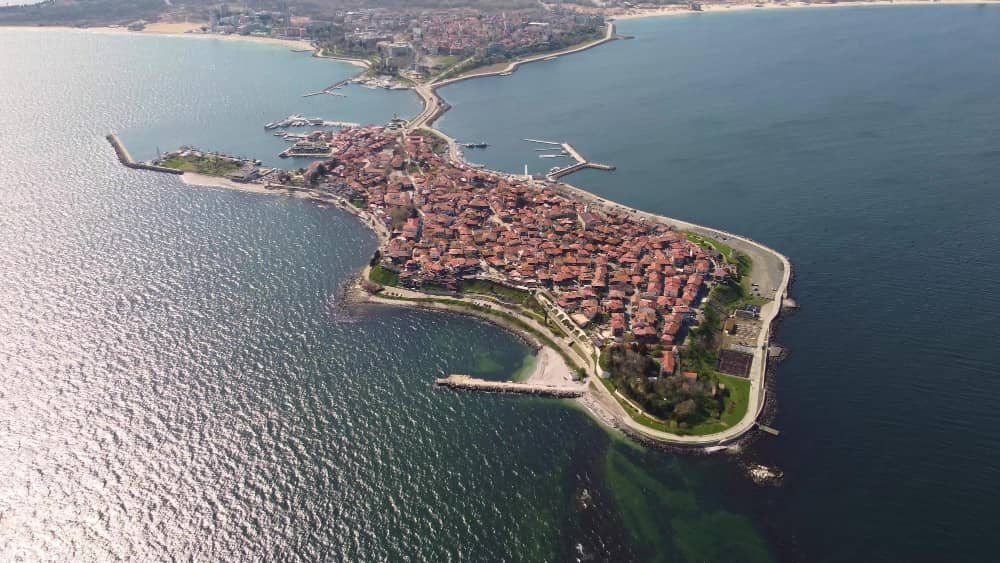
Old City of Nesebar
Nestled on Bulgaria’s Black Sea coast, the ancient city of Nessebar is a testament to this enchanting nation’s rich cultural and historical heritage. Recognized as one of the UNESCO World Heritage Sites in Bulgaria, Nessebar is a captivating destination that lures visitors with its blend of ancient ruins, Byzantine churches, and picturesque cobblestone streets.
With a history spanning over three millennia, this small peninsula has witnessed the rise and fall of empires, leaving behind an impressive tapestry of architectural wonders and archaeological treasures. Whether you are an avid history enthusiast or simply seeking a tranquil retreat by the sea, Nessebar offers an immersive experience that transports visitors back in time while showcasing Bulgaria’s unique charm.
Situated on the Bulgarian Black Sea coast, the Old City of Nesebar is a mesmerizing destination with a deep-rooted past. Initially settled by ancient Greeks around the 5th or 6th century BC, this enchanting city has witnessed the rise and fall of various civilizations, including the Thracians, Romans, and Ottomans. Notably, it has earned its place among Bulgaria’s UNESCO World Heritage sites.
Ancient and Primeval Beech Forests of the Carpathians and Other Regions of Europe
The Ancient and Primeval Beech Forests of the Carpathians and Other Regions of Europe are an exceptional array of natural wonders, encompassing some of the continent’s most pristine and ancient forest ecosystems. UNESCO has recognized these forests as World Heritage Sites, celebrating their outstanding universal value and significance in biodiversity conservation.
Among these distinguished locations in 18 European countries lies Bulgaria, a country rich in diverse landscapes that host several UNESCO-recognized ancient beech forests that serve as vital habitats for numerous endemic species. With their ancient trees dating back thousands of years, these forests offer a glimpse into the ancient landscapes that once covered vast areas of Europe.


